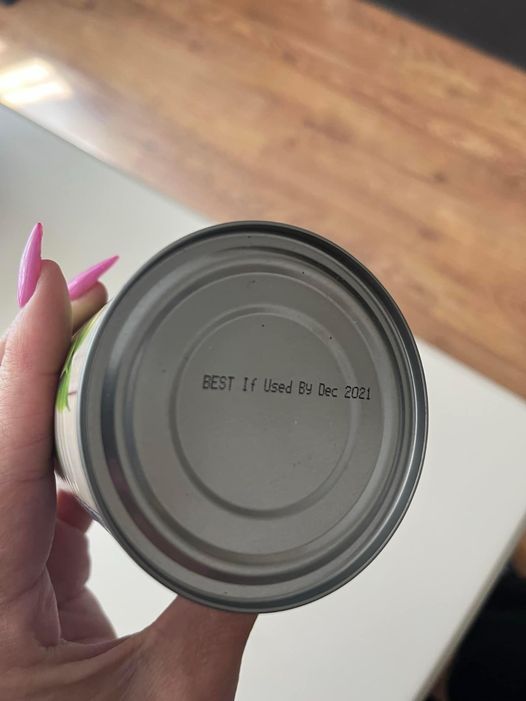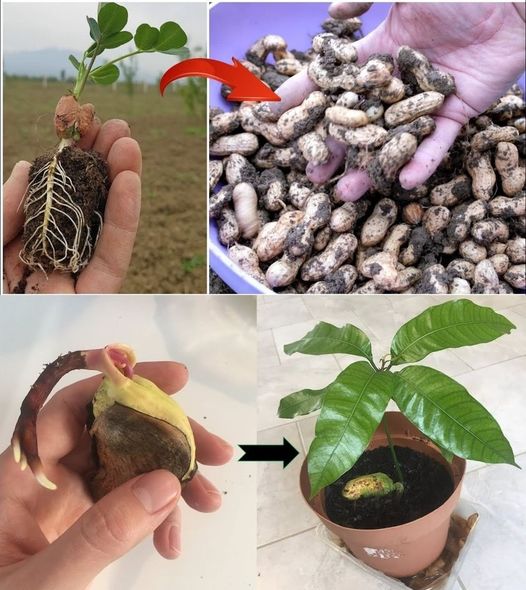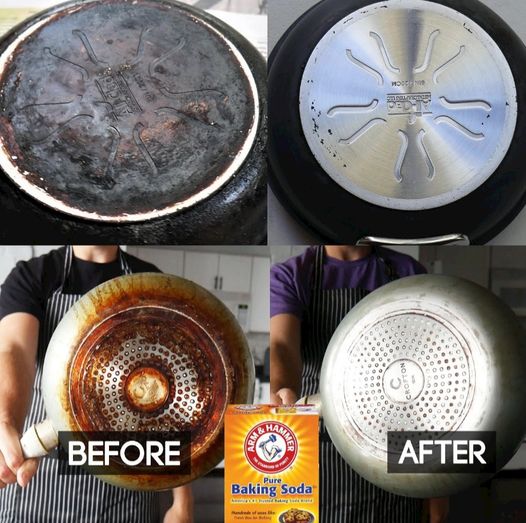
Food expiration dates are an essential aspect of food safety and freshness, guiding consumers in determining the quality and safety of the products they consume. However, understanding these dates can sometimes be confusing, leading to unnecessary food waste or, in some cases, the consumption of expired foods. In this article, we’ll delve into the different types of food expiration dates, what they mean, and how to interpret them effectively to ensure the safety and quality of your food.
Types of Food Expiration Dates:
- “Best By” Date: This date indicates the recommended period for consuming a product to enjoy optimal quality, flavor, and texture. It does not necessarily mean that the food is unsafe to consume after this date, but rather that it may begin to lose its peak quality.
- “Use By” Date: Similar to the “Best By” date, the “Use By” date indicates the recommended date by which the product should be consumed for peak quality. Consuming the food after this date may result in a decline in quality, but it does not necessarily mean that it is unsafe to eat.
- “Sell By” Date: This date is primarily intended for retailers and indicates the last date by which the product should be sold. It does not necessarily reflect the safety or quality of the product for consumption after this date.
Pineapple Strawberry Swirled Slushies
Chiefs’ Coach Andy Reid Criticizes Taylor Swift: “You’re Not A Good Role Model”
Germinating pistachios from the supermarket are possible! This is how you get a pistachio tree home
How to Easily Clean Burnt Pans in Seconds
Cinnamon Sugar Apple Rings
Special Fruit Pavé Recipe: A Refreshing and Elegant Dessert


















